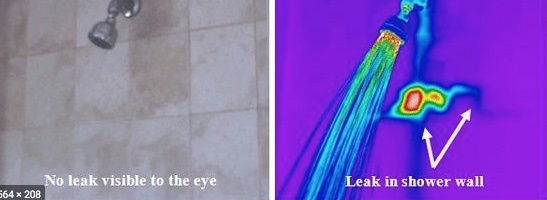
Water leak detection is essential to enable plumbers to repair leaks as soon as they are suspected. There are several different ways to detect water leaks, which have evolved over the centuries. Some of these methods are used for residential plumbing repairs, while others are used mainly in large-scale applications such as commercial and industrial installations. Methods currently used to detect plumbing leaks include:
- Monitoring of water pressure and flow data
- Conducting closed-circuit camera inspections of the interior of water pipes
- Infrared thermal imaging
- Acoustic signal detection
Ancient Roman Water Systems
The earliest documented incidents of water leak detection date back to ancient Rome. The Romans had a sophisticated water system made up of 13 aqueducts that carried water throughout the city. Leaks were a problem even then. The commissioner Sextus Julius Frontinus listed the problem of aqueducts that had begun leaking because of their age, and because they were continually being tapped by water thieves, which was a major crime in the city of Rome

Visual Leak Inspections
Throughout the centuries, the only way to detect water leaks was by conducting regular visual inspections. Workmen had no difficulty identifying burst water pipes, but tiny, pin-point leaks were more difficult to locate until they were big enough to be obvious. Before trenchless solutions, it was necessary to dig up large sections of a residential property simply to find the source of a leak, at great expense to the homeowner.
Infrared Thermal Imaging
In 1800 William Herschel invented infrared thermal imaging, which was used originally for military purposes only. However, during the 1950s and 1960s engineers realized the opportunity to use the infrared for other purposes, and water leak detection was one of them. Thermal leak detection technology identifies differences in temperature, such as those caused by the presence of water in a section of a wall or roof.
The invention of digital technology enabled the taking of photos of a section of a building and the use of infrared to identify isothermic images on the photographs, and on-site, trenchless water leak detection was born.
